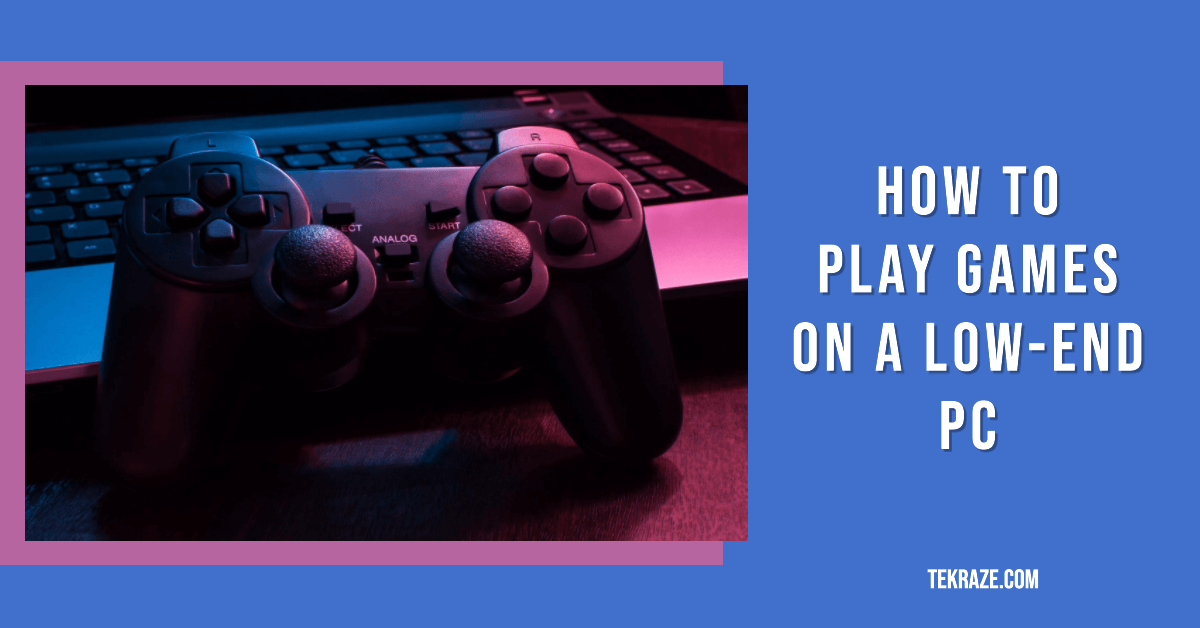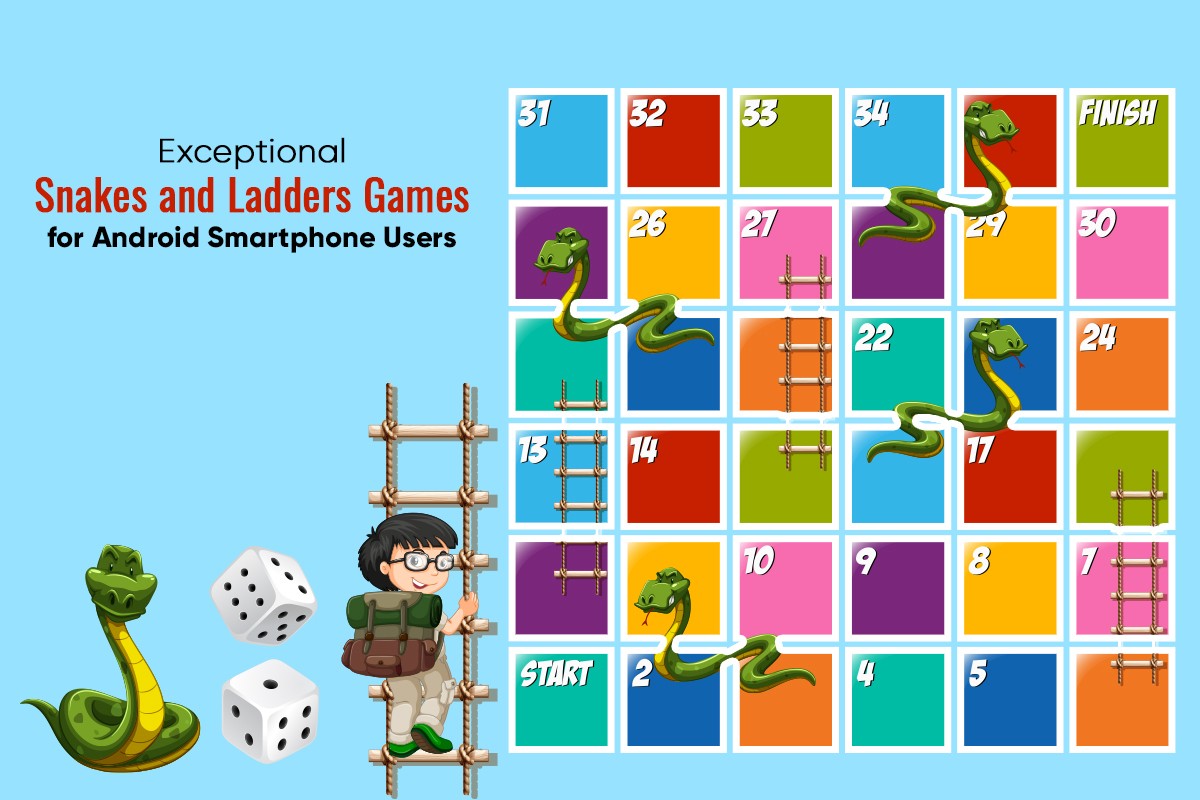One of the greatest things about the PC platform is that it has access to an immense catalog of games – all with very different system requirements and spanning several decades. As a result, it is quite possible to enjoy a good game even on an older or low-end PC. The main challenge is finding the right games to play, but there are also a few tricks that will help you run even slightly more demanding games on lower-end hardware.
Adjusting Your Expectations
Step one is having realistic expectations. It’s important to note that while tweaking can improve your gaming experience, not every game can run flawlessly (or at all) on a low-end computer. Modern, high-end games are built specifically for high-performance machines and may not even start on older or less powerful computers.
The Old is Gold
One approach is looking through the back catalog. There’s a huge list of older games that are not only compatible with low-end PCs but also offer engaging gameplay. These games may have been demanding 12 years ago but require minimal system resources today and still deliver a fantastic gaming experience.
Here are a few examples of older, high-quality titles that run smoothly on low-end PCs:
- Fallout: New Vegas: This game is a must-try for those who are new to the Fallout series. Despite being older, it still feels alive and offers robust gameplay with interesting NPCs, side quests, and impactful choices.
- Dragon Age: Origins: Another must-play for fans of role-playing games (RPGs). It offers engaging gameplay and a storyline that has been hailed as one of the best in RPGs.
- Persona 3 Portable: Created for PlayStation Portable, Persona 3 Portable has been released for PC (on Steam), Xbox, and the Nintendo Switch. The gameplay is 2D and basic 3D, so you don’t need a high-end GPU to play.
- Minecraft: This sandbox game isn’t that old but is still forgiving on older builds and really enjoyable, even without mods or texture packs.
- BioShock: This game has aged well and can be played smoothly on older PCs. Even the remastered version has low requirements.
Try an Indie Game
Old triple-A titles are fun, but the current indie space is also not to be overlooked. There are countless titles from small developers that offer engaging gameplay, often in 2D style, which is a great fit for low-end PCs. Some examples:
- Citizen Sleeper: This is a TTRPG-style game that creates a beautiful world without too many graphically demanding assets.
- Undertale: A 2D RPG with pixel graphics that your PC should have no trouble running. Its gameplay is engaging, compelling, and worth multiple replays.
- Stardew Valley: This farming simulator combines RPG and life sim elements, offering a relaxing gaming experience that doesn’t demand high-end hardware.
- RimWorld: This is a sandbox game that requires very little hardware and offers countless hours of entertainment.
- Slay The Spire: This is a deckbuilding roguelike game that is not very demanding on your system resources.
- Tunic: This game is absolutely fun to play, and will run on a potato.
Choosing the Right Settings
Choosing the right settings for your game can significantly enhance your gaming experience on a low-end PC (or any PC). Here are a few practical steps to optimize your settings:
Use upscaling when possible: If you have the option, upscaling technologies like AMD’s FidelityFX Super Resolution (FSR) and Nvidia’s Image Scaling (NIS) are upscaling solutions that can significantly improve gaming performance on low-end hardware. These technologies work by rendering the game at a lower resolution and then scaling it up to your monitor’s native resolution, thereby reducing the strain on your GPU.
Disable shadows and effects: If your frame rate is choppy, your first step should be turning down or disabling shadows and effects. These will usually tax your system heavily and disabling them can provide a noticeable boost in performance.
Lower the resolution: If turning off visual effects is not enough, reducing the resolution is usually the next step (unless upscaling is available). This will practically always improve frame rates, allowing for a smoother gaming experience.
Reduce texture quality: Lowering the texture quality can sometimes help improve the game’s speed and responsiveness.
Turn off VSync: VSync can cause slowdowns and input lag on low-end systems, so turning it off may improve performance.
Summary
In conclusion, gaming on a low-end PC may require some adjustments and compromises, but it doesn’t mean you can’t enjoy a great gaming experience. By setting realistic expectations, choosing the right games, and applying the right settings, you can get more out of your low-end hardware.





